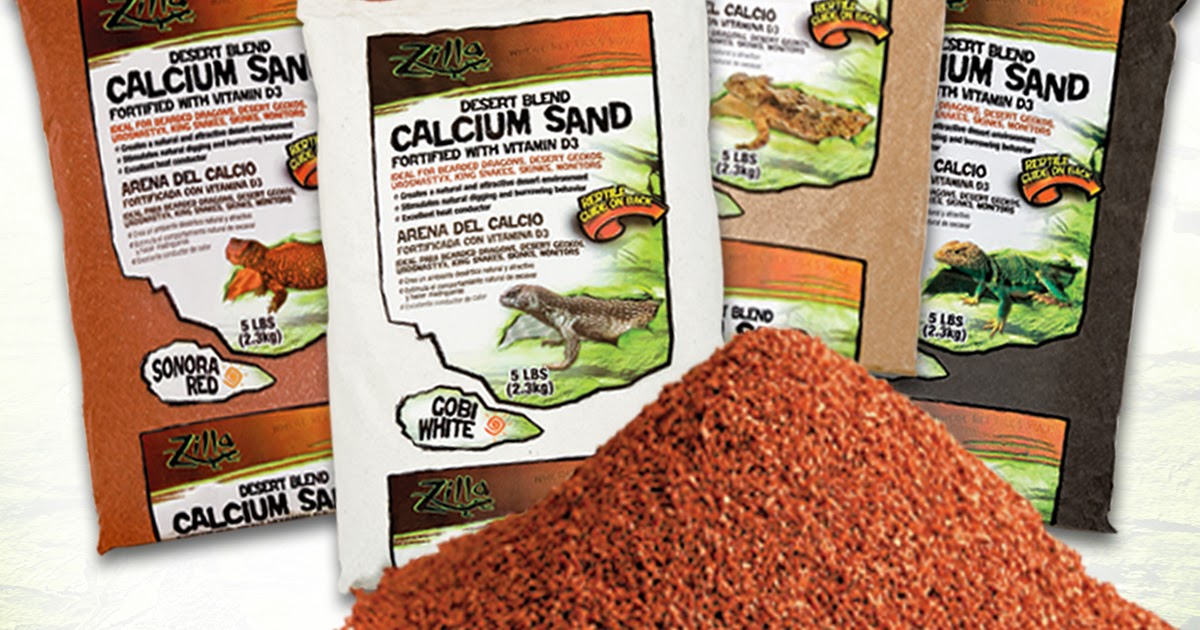Build Your Bearded Dragon A Comfortable Home: Tips for a Homemade Cage
Introduction
Bearded dragons are one of the most popular pets to keep. They are friendly, low-maintenance, and have unique personalities. But, like any other pet, they need a proper living environment to thrive. If you’re one of those who love DIY and want to make a home for your bearded dragon, this article is for you. In this article, we’ll give you tips on how to build a homemade cage that is comfortable and safe for your bearded dragon.
1. Size and Shape
The first thing to consider when building a homemade cage is the size and shape. A bearded dragon needs a lot of space to move around and climb. The minimum recommended size for a cage is 40 gallons, but the bigger, the better. The cage should also be taller than it is wide, as bearded dragons are arboreal and love to climb. A cage that is at least 4 feet tall, 3 feet wide, and 2 feet deep should be sufficient for one or two bearded dragons.
2. Materials
The second factor to consider is the type of materials you will use. The best materials for a bearded dragon cage are wood, PVC, and melamine. Glass and acrylic are not recommended, as they don’t hold heat well, can easily break, and can cause injury to your bearded dragon if they try to climb on them. Wire mesh is also not recommended, as it can cause injury to your bearded dragon’s feet and nails. It’s also important to ensure that all materials used are non-toxic.

3. Lighting and Heating
Bearded dragons need a light source that provides both UVA and UVB rays. These rays are essential for their health, as they help them synthesize vitamin D. A basking light is also necessary to provide an area for your bearded dragon to warm up to their body temperature. You can get these lights from any pet store or online. The temperature inside the cage should be between 75-85°F on the cool side and up to 110°F on the warm side. You’ll need a thermometer to monitor temperatures and a thermostat to regulate temperatures.

4. Substrate and Decorations
The substrate is the material on the bottom of the cage. Newspaper, sand, and reptile carpet are all good options for bearded dragons. Avoid using loose substrates like crushed walnut shells, sand, or gravel, as they can cause impaction if ingested. Bearded dragons love to have places to hide and climb, so provide them with plenty of decorations such as rocks, logs, and branches. Ensure that all decorations are safe and don’t have rough edges that can injure your bearded dragon.
5. Cleaning and Maintenance
Keeping your bearded dragon’s cage clean is essential to their health. You should spot clean the cage every day and deep clean it once a week. Remove any uneaten food promptly to prevent bacterial growth. Disinfect the cage with an appropriate reptile-safe cleaner, and rinse it thoroughly before putting everything back together. You should also check the cage for any wear and tear or damage regularly.

Conclusion
Building a homemade cage for your bearded dragon is a fun and rewarding DIY project. A well-built cage can create a comfortable and secure environment for your bearded dragon to live in. Make sure you follow the tips above and do your research before starting to build. By following these tips, you can build a homemade cage that can last for years and provide a great place for your bearded dragon to call home.
